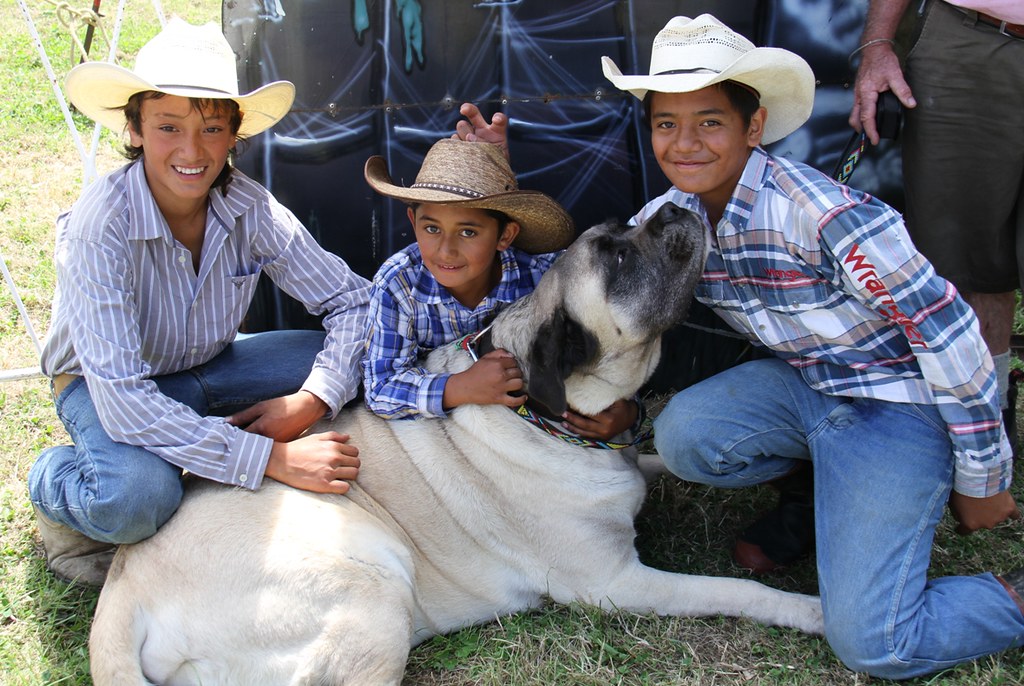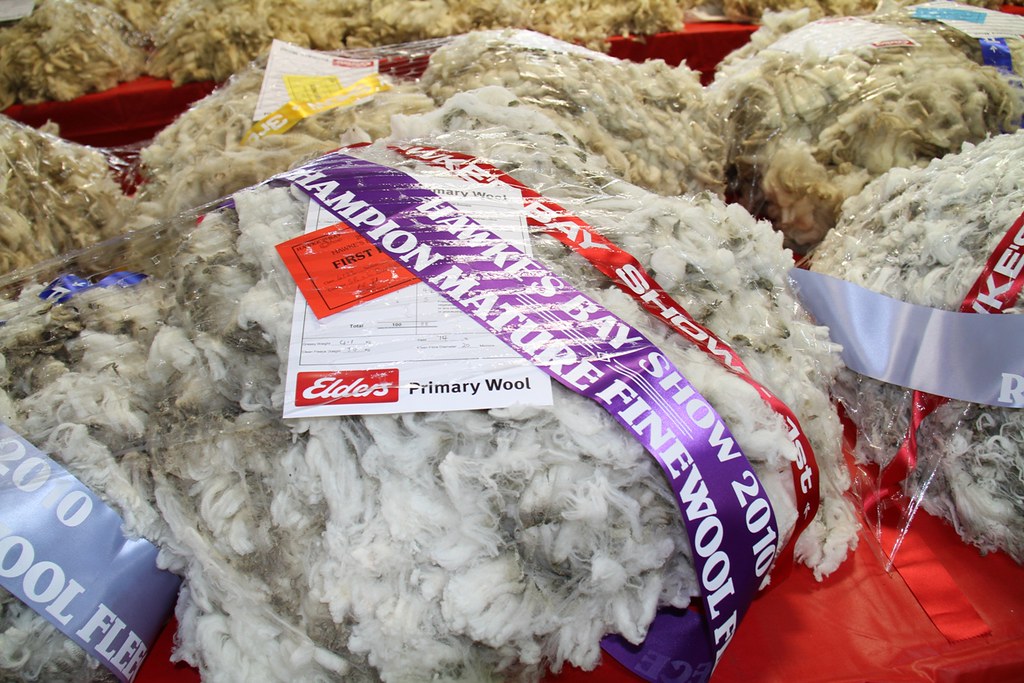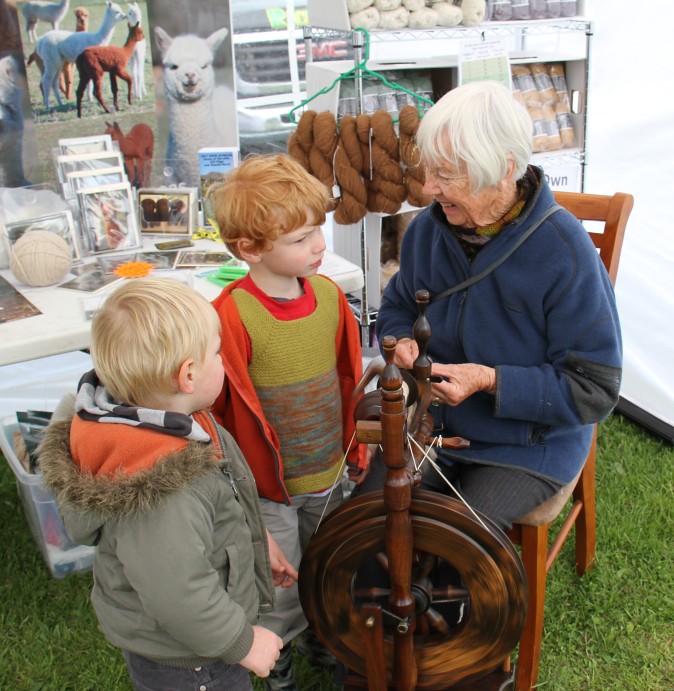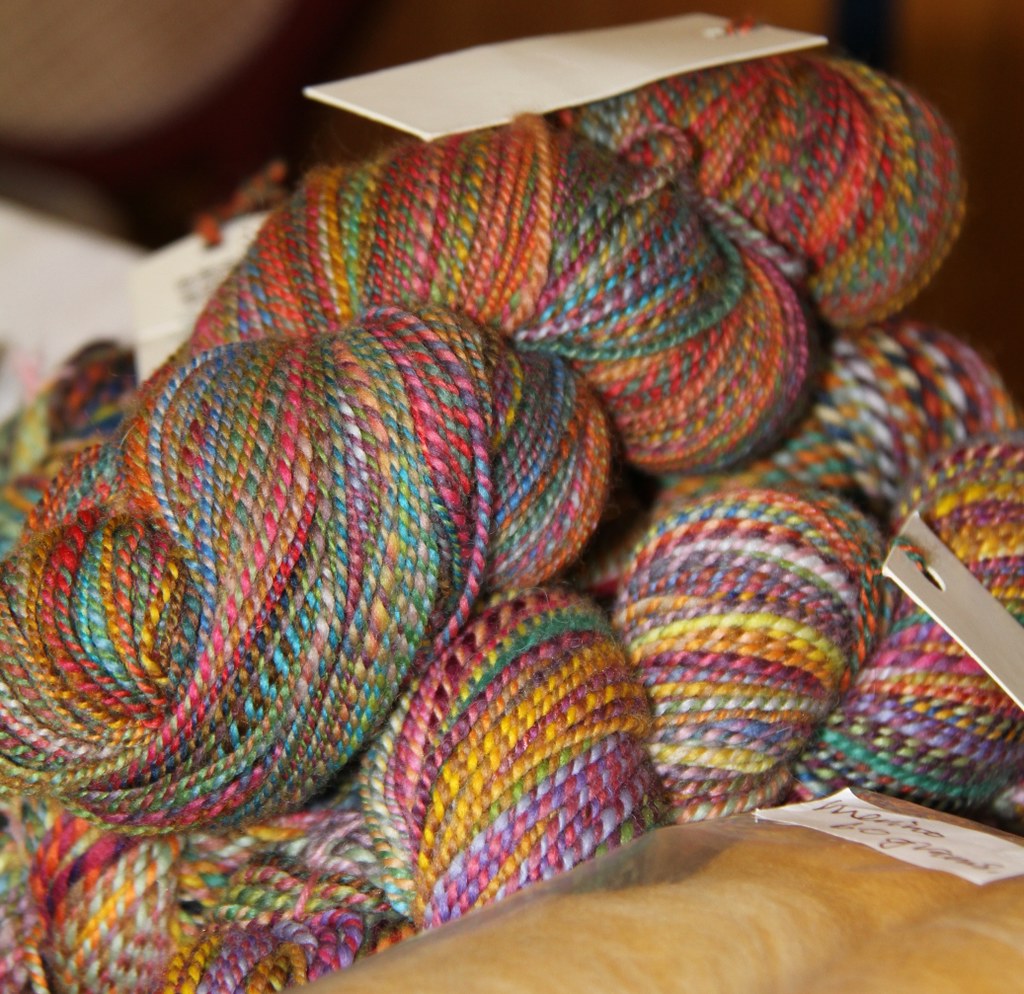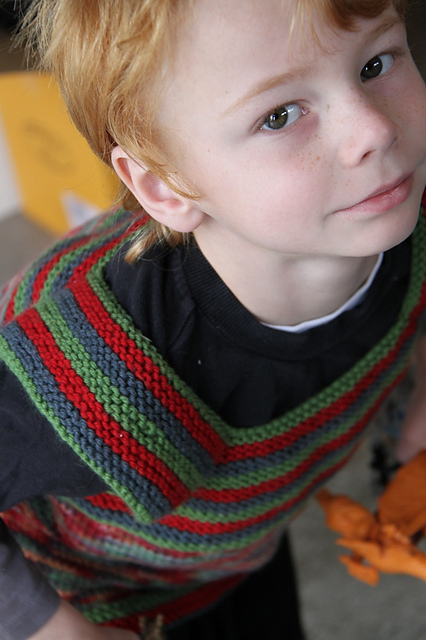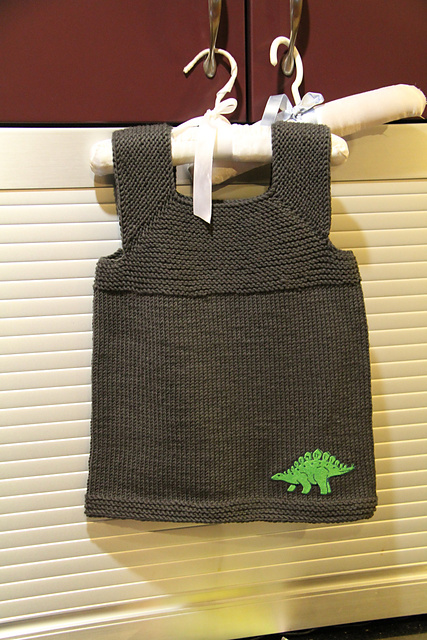 |
| Leaving Sydney Harbour is just such a stunning spectacle. |
January has evaporated and February is in full swing. The boys are back at school and it seems like only a few days ago we broke for Christmas, time flew with wonderful visits from family and friends over the festive period and then family MacBuscke hit the high seas on our second family cruise.
 |
| We got dropped off at the door in Napier! Yes it can be done if your ship goes to your home port of call. |
Cruising is the perfect holiday for us, the mix of great food, entertainment, and so much to do for the kids. So instead of regaling the blow by blow accounts of what we got up to I thought I would give you the MacBuscke Top 5 tips for family cruising.
 |
| Ready, Set, GO! |
#1: Drugs are good.
It's not what you are thinking, but what I hear most often when from people who haven't cruised, is the number one reason why is because they get sea sick. This was me. I get dreadful motion sickness, but there are some excellent preparations available for this. I used Scopoderm patches (Must apply BEFORE you set sail) and Sea Legs, both available from your local pharmacy. I took them religiously and also had some prescribed anti nausea in case these failed. We experienced high seas on the Tasman crossing and was not bothered at all.
 |
| Louis & I shared this cabin - whilst the Tender was blocking a view, there was still heaps of natural light and you could open the doors to get some air. |
#2: A Room with an Obstructed View
We have had an inside cabin before with four of us and I have to say it was not pleasant. With no natural light it is very claustrophobic and even when you spend a good portion of your time elsewhere on board, you do still spend a lot on time in your cabin. This time we opted for two 'Obstructed View cabins', essentially you pay for the inside cabin price for cabins that are outside in from of the tender boats. These were brilliant. Heaps of natural light, on our ship they had doors that could be opened for fresh air.
 |
| Hugo enjoying the sites on shore. |
#3: Double Up
As I mentioned we had two cabins this time: Louis and I in one and Dr Phil and Hugo in the other. These cabins were side by side. The cost is not double the price as cruise lines charge flat fees for the additional passengers, so all squashing into one cabin can only be marginally cheaper than splitting between two. Make sure you get your agent to price both options out before you book.
 |
| The boys had a great time - making new friends and enjoying ship life. |
#4: Kiddie Trouble
Dr Phil and I assumed when heading off on our first cruise that we could pack the boys off to Kids Club for good swathes of the day and we would be left to mooch around with our feet up. Big, BIG mistake. Our boys hated the kids club, unless your child is a little darling who will happily partake in pre-school like activities without question, kids club isn't going to be a starter. I also checked out the kids club on this new cruise and there is certainly a 'sameness' about them. My busy boys would not have a bar of this! So this time I came equipped with laptop, movies, drawing utensils and ipads. We allowed the boys to have their own key cards with money pre-loaded to purchase soft drinks if they wished and easy access to the cabins and a surprising amount of freedom. They did us proud, it encouraged them to make new friends on board and they worked very well within the boundaries we set for them. So make your own on board rules with your children, meeting places, cabin access, meal times etc and don't rely on cruise kids club activities.
 |
| All of this was just $40! |
#5: Don't be afraid of 'Specialty Dining'
It amazes me the number of people to get onto the cruise and rigidly stick to only eating at the venues that are included in their fare. Even if travelling on the tightest of budgets, do set aside a little money to have at least one meal out on a specialty dining restaurant. The meals are heavily subsidized, just a fraction of what you would pay on land. On the last cruise we did the Steak Restaurant and had four courses for just $40 a head & the meal was to die for - even the fussiest eating partner would have found something to wow them on the menu.
Most importantly have fun & relax - you are on holiday after all!
